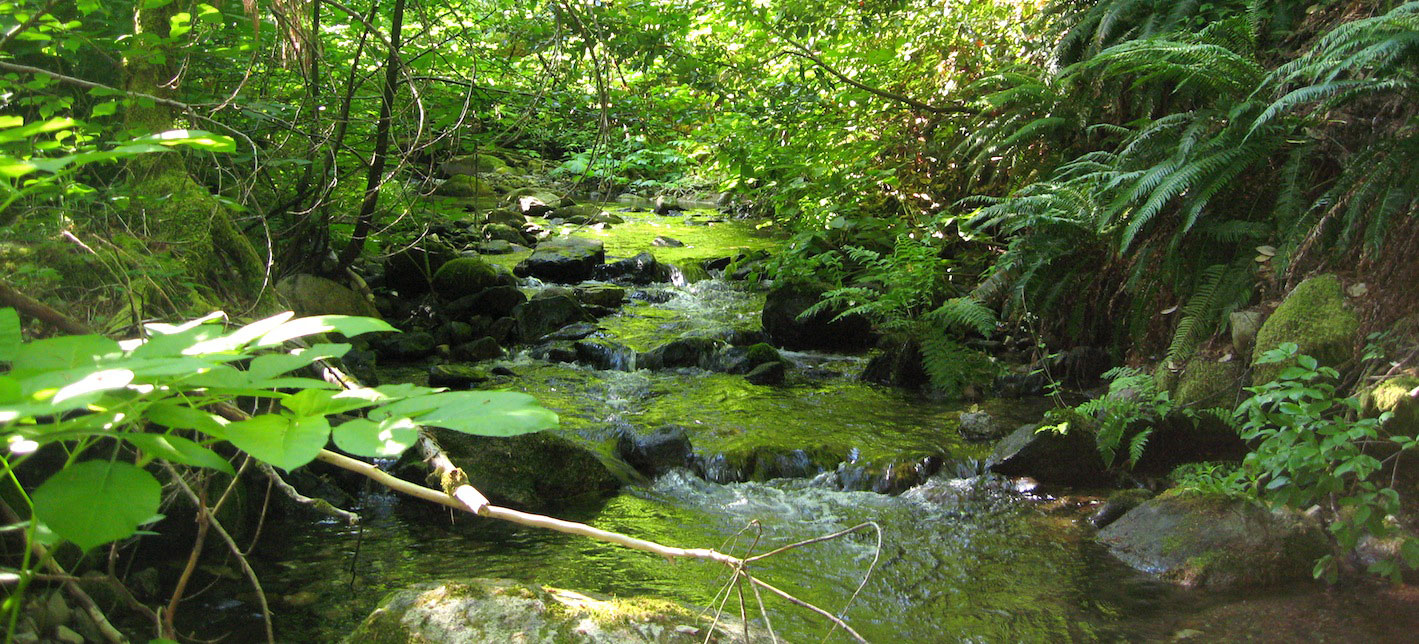Coastal Zone Crisis Discussion
Shall Private Coastal Landowners Have the Right to Keep the Public Off Their Beaches?
Background:
Property rights specify legal ownership of land. Property rights give the right holder freedom to do with property what s/he chooses. All landowners must have access to their land. Conversely, excluding others is really what makes property property. An owner generally can keep others off their land. A person can keep their things to their self; only available for personal use.
According to the common law of the United States, affirmed by the US Supreme Court in 1842, there exists a “public trust doctrine” that recognizes a public right to natural resources including air, running water, the sea and its shore. This doctrine requires the state to hold in trust designated resources to benefit the people. The public trust doctrine applies to the issue of public access to the seashore. In the US, law differs among states but generally limits ocean front property owners from excluding the public to access the coast below the “mean high tide” line. Depending on location, there are 1 or 2 times a day when coastal water is higher than average, due to the gravitational interactions among the Earth, moon, and sun. Mean high tide is the average elevation of the sea’s water surface considering just those times of high stages of water. Yet, even if the public has legal access to low-lying coasts, how can they get to them if private landowners block access from public roads down to the mean high tide position?
While both ideas- property rights and public trust doctrine- have important roles in society, at times they conflict and it is hard to know which one should rule. For example, what if a coast ends in a cliff with no land below mean high tide and a land owner blocks access to the cliff- and then a state dumps millions of tons of sand below the cliff to create a beach. Does a landowner then have to change their property to enable the public to get to that artificial sand? In cases such as this, when the rights of land owners are abridged suddenly, should the government have to provide fair compensation for a “take”. The law of “eminent domain” grants the right of a government or its agent to expropriate private property for public use, but that must include a fair payment of compensation to the property holder.
The question arises, Shall Private Coastal Landowners Have the Right to Keep the Public Off Their Beaches?
Different stakeholders have different perspectives on this issue.
Broad Assignment:
After watching the movie Soul Surfer but before coming to your discussion section, everybody will read an article describing how U.S. governments manage coastal access. Further, after watching the movie but before coming to your discussion section, each person will be assigned to a stakeholder viewpoint and you will read a document presenting the viewpoint you are assigned to articulate. In class you will participate in discussion of the scenario.
Everybody reads:
- Pamela Pogue, Virginia Lee (1999) Providing Public Access to the Shore: The Role of Coastal Zone Management Programs, Coastal Management, 27:2-3, 219-237. https://doi.org/10.1080/089207599263848
Stakeholder ID’s For This Assignment:
- United States Supreme Court
- Coastal Access Advocate
- Town officials seeking beach nourishment
- Beachfront Homeowner
Specific Readings by Stakeholder ID:
You are welcome to search the internet to find more resources in support of discussing the viewpoint you are assigned to represent.
- Noble, K. B. 1987. “Beach property owners win high court ruling”. The New York Times, June 27, 1987.
- Lopez, S. 2019. “Gov. Newsom, you can be a coastal access hero. Meet me in Gaviota, and we’ll kayak to Hollister Ranch”. Los Angeles Times, September 11, 2019.
- Kusnetz, N. 2017. “Massachusetts Homeowners of Humarock”. Inside Climate News and The Weather Channel, December 16, 2017. https://features.weather.com/us-climate-change/massachusetts/
- Greene, M.2017. “Arbitrary rule violates law, property rights”. Orange County Register, June 9, 2017.
Activity in Discussion Section:
- 7 minutes settling class down, deal with class issues, and TA intro to scenario.
- 7 minutes discussion with same all people with same viewpoint discussing how to make your main points
- 7 minutes with an opposing viewpoint, one-on-one
- 7 minutes with an opposing viewpoint, one-on-one.
- 7 minutes with an opposing viewpoint, one-on-one.
- 7 minutes with an opposing viewpoint, one-one-one
- 7 minutes whole-class discussion wrap up.


